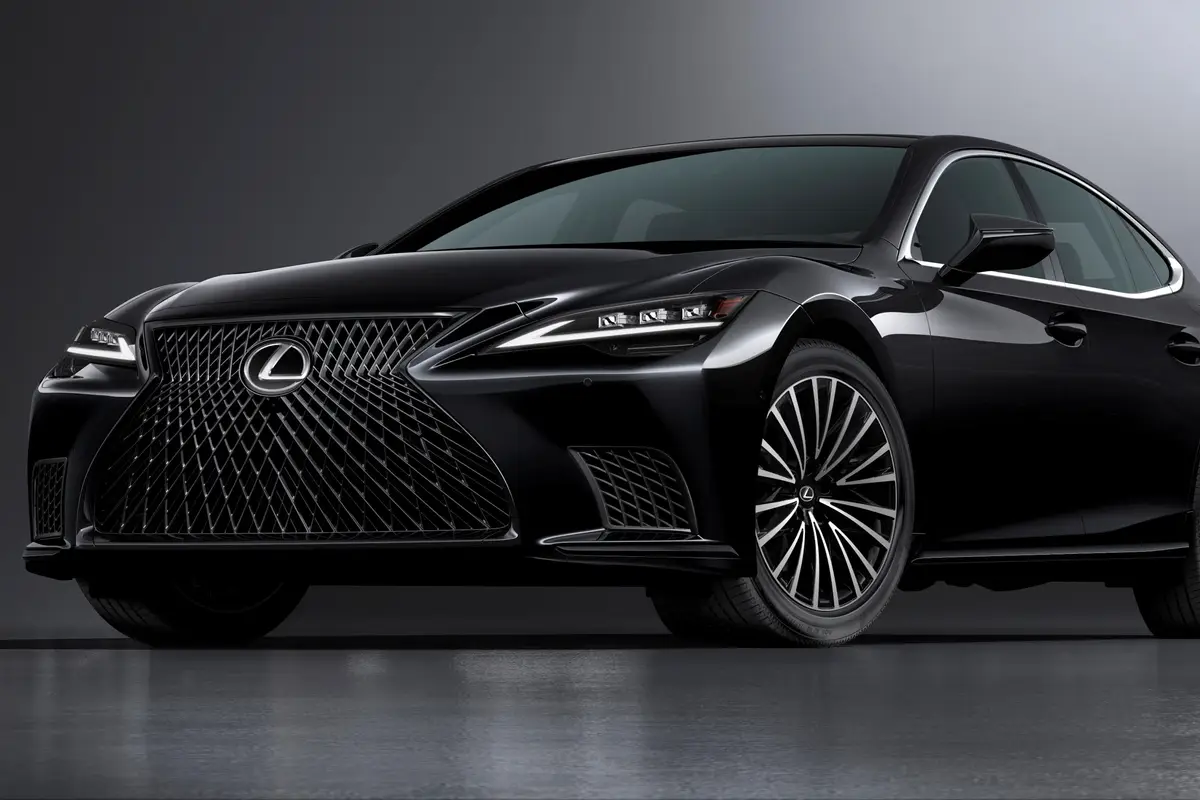IndyStar.com's view
Romance isn’t dead in the automobile industry. It’s just been asleep for a while and will be revived with the introduction of the Plymouth Prowler in the spring of 1997.
As a factory- built “hot rod” from Chrysler Corp., the Prowler will elicit memories from those of us old enough to have witnessed the flowering of the rods shortly before and after World War II. For those of a more recent vintage, the Prowler will acquaint them with a form of motoring really not touched by today’s production sports cars.
The Prowler sort of takes me back to the days after World War II when I was in the car business in California. The Golden State was the birthplace of the hot rod, and the rods of that period were really an experience in driving excitement.
Unlike Plymouth’s Prowler, where a plethora of amenities have been incorporated into the vehicle, the early rods were like driving a 140 mph bathtub.
The early hot rod body was the shell of a Model T Ford roadster. Its axles were Ford solid drop axle in front and a live (solid housing) axle in the rear. It had big, wide rubber on the rear wheels, smaller skinny tires up front for steering, and a highly modified flat-head (valve in block) Ford V-8 for power.
The rod looked like it was going downhill all the time and, when you jumped on the power, that’s the way it felt — straight down. There also was no visibility problem. You were sitting out in the open.
By contrast, Plymouth’s Prowler is far more domesticated.
Like any good rod, the body is open, but with far more styling flair than the old T bucket roadster. The amenities include air, stereo, tilt wheel, cruise and power accessories. There is full instrumentation spread across the dashboard, plus a jaunty tachometer mounted on the steering post directly in front of the driver.
Power is via Chrysler’s 3.5-liter single overhead V-6, with the powertrain an Autostick four-speed automatic rear-mounted transaxle.
Much of the car’s makeup comes from Chrysler’s parts bin.
The chassis, however, is based on an extruded aluminum tube frame, which carries a tub (body) built with sheet aluminum. Suspension is independent front and back via upper and lower control arms.
Independent rear suspension for a rear- drive car is not uncommon, but having the transmission mounted in the rear is.
It was accomplished by taking the front-mounted transaxle from Chrysler’s LH front-wheel drive cars and moving it to the back end. A short aluminum propeller shaft connects the end of the engine’s crankshaft to the torque converter on the transaxle. Drive from the transaxle to the rear wheels is by stub axle shafts and constant velocity universal joints.
The wheelbase is 113 inches, which is relatively long for a rod. That’s the equivalent of a Chrysler New Yorker sedan. The overall length, however, is but 165 inches compared to the New Yorker’s 207.4 inches.
With the body segments lying almost between the front and rear wheels, length is trimmed down to rod di mensions, assisted by the fact there is no spare tire. The Prowler has 20-inch wheels in the rear, which are shod with monster 295/40R20 Goodyear run-flat tires. The 17-inch front wheels carry 225/45R17 Goodyear run-flats.
Driver and passenger sit low in the chassis, unlike the old days when they stuck out like telephone poles on a Texas prairie.
The cockpit has two bucket seats separated by a center console, which holds the shift lever for the Autostick.
Probably the rod purists are going to complain about an automatic transmission, even one that you can shift or let the electronics do it for you. But there are no rear manual gearboxes available that meet reasonable cost constraints.
The Prowler isn’t going to be any Corvette killer, what with a 215-cubic-inch V-6 engine. The engine has four valves per cylinder with valve actuation from the single overhead cam (per bank) being b y rocker arms.
Power is projected to be about 225- horsepower, up from the standard Chrysler 3.5- liter V-6s 214-horsepower. But with a curb weight somewhere around 2,900 pounds, the car will be a sprightly runner.
Cost figures to date are only guesses, but industry analysts are guessing that the price will be about $30,000.
Latest news



